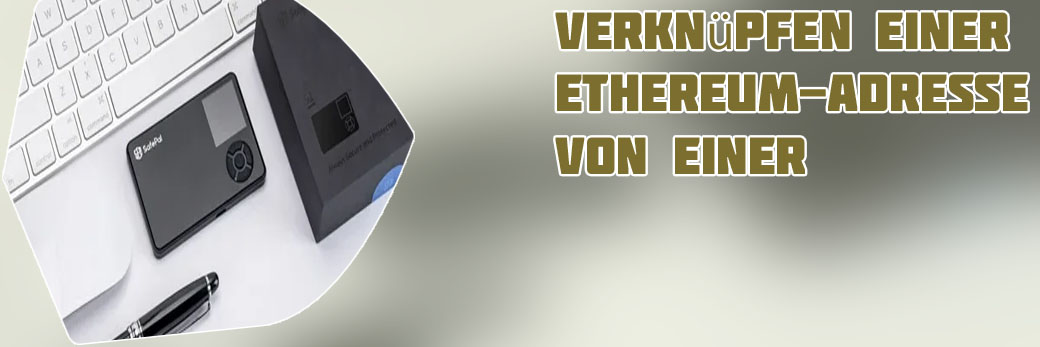
Ethereum hardware wallet
Ethereum hardware wallets are essential tools for securely storing your cryptocurrency assets. In this article, we will explore two informative resources that provide valuable insights into the world of Ethereum hardware wallets. These articles will help you understand the importance of using a hardware wallet to protect your Ethereum holdings and guide you through the process of choosing the right wallet for your needs.
Die besten Ethereum-Hardware-Wallets im Vergleich

In the world of cryptocurrency, security is paramount, especially when it comes to storing your Ethereum. Hardware wallets have become increasingly popular among investors looking for a secure way to store their digital assets. In Germany, there are several options available, each with its own unique features and benefits.
One of the top Ethereum hardware wallets on the market is the Ledger Nano S. This compact device offers robust security features, including a secure element chip and a pin code to access your funds. It also supports a wide range of cryptocurrencies, making it a versatile option for investors with diverse portfolios.
Another popular choice is the Trezor Model T. This sleek device boasts a touch screen interface and advanced security features, such as passphrase protection and Shamir Backup. It is also compatible with a wide range of cryptocurrencies, including Ethereum.
The KeepKey hardware wallet is another solid option for investors in Germany. This device offers a large display screen for easy navigation and secure storage for your Ethereum and other cryptocurrencies. It also supports a variety of digital assets, making it a versatile choice for investors with diverse portfolios.
Overall, Ethereum hardware wallets offer a secure and convenient way to store your digital assets in Germany. By choosing a reputable hardware wallet like the Ledger Nano S, Trezor Model T, or KeepKey,
Wie man ein Ethereum-Hardware-Wallet einrichtet und verwendet
Ethereum-Hardware-Wallets bieten eine sichere und benutzerfreundliche Möglichkeit, Kryptowährungen wie Ethereum zu speichern und zu verwalten. In diesem Artikel werden wir Schritt für Schritt erklären, wie man ein Ethereum-Hardware-Wallet einrichtet und verwendet.
Zuerst müssen Sie sich ein Hardware-Wallet besorgen, das mit Ethereum kompatibel ist. Beliebte Optionen sind Ledger Nano S, Trezor und KeepKey. Nachdem Sie das Wallet erhalten haben, schließen Sie es an Ihren Computer an und folgen Sie den Anweisungen zur Einrichtung. Dies beinhaltet in der Regel das Erstellen einer PIN und eines Wiederherstellungsschlüssels.
Sobald Ihr Ethereum-Hardware-Wallet eingerichtet ist, können Sie Ethereum darauf übertragen, indem Sie die Empfangsadresse des Wallets angeben und die Transaktion bestätigen. Sie können Ihr Wallet auch verwenden, um Ethereum zu senden, indem Sie die Adresse des Empfängers angeben und die Transaktion autorisieren.